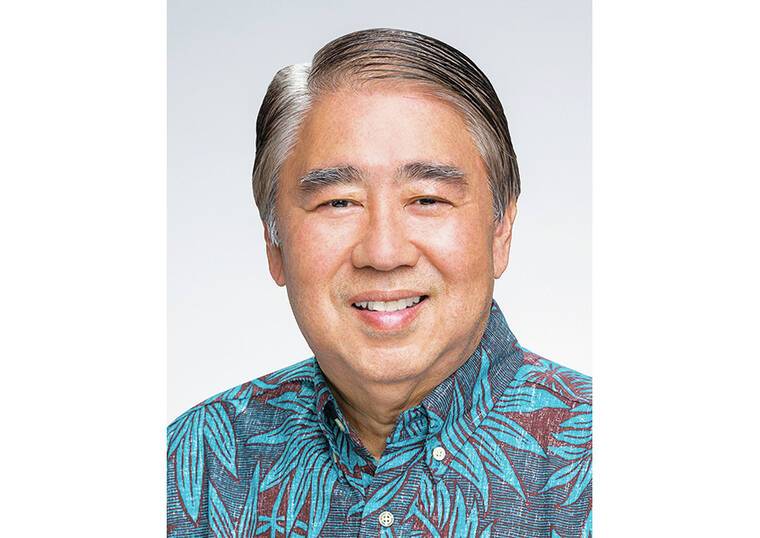The state Reapportionment Commission on Monday created a special committee to help the attorney general defend it from a lawsuit filed by a citizen coalition challenging maps featuring new political boundaries for the state Legislature and U.S. House.
The petition asks the Hawaii Supreme Court to invalidate the district maps recently approved by the commission and to direct the commission to redraw them to meet standards set out in the Hawaii constitution and state law, including that House districts be nestled within Senate districts and within congressional districts if practicable.
In addition, some petitioners said, communities of interest such as Waikoloa, Kailua-Kona and Hilo on the Big Island and Manoa on Oahu were unnecessarily split, while some rural communities, including traditional Native Hawaiian homestead areas, were submerged within larger wealthier populations that could dilute their voice.
Other weaknesses petitioners claim about the process is that a four-member subcommittee, known as a permitted interaction group, created the maps behind closed doors with no way for the public to understand why decisions were made.
That same mechanism, the permitted interaction group, was created again on Monday on a 8-1 vote, with Commissioner Robin Kennedy dissenting. The subcommittee was formed after the commission emerged from a 20-minute closed door session.
”The members of the permitted interaction will assist the Attorney General’s Office with defending against the challenge to the final reapportionment plan such as discussing the commission’s position with the Attorney General’s Office and working with the Attorney General’s Office in preparing declarations and other documents to be included in the commission’s answer to the petition,” said commission Chairman Mark Mugiishi.
The court gave the state until Friday to submit a response.
“This litigation was completely avoidable,” Ralph Boyea of Puna, one of six Hawaii Island residents in the lawsuit, told the commission in testimony. “We did not just complain about your plan. We presented a viable alternative that covers the entire island of Hawaii, a viable alternative that meets all of the constitutional criteria, a viable alternative that would have avoided forcing community members from having to finance a totally avoidable lawsuit in order to protect our right to have representation from within our communities.”
Similar alternative maps for Oahu had been presented to the commission by Bill Hicks, who is also a plaintiff in the lawsuit.



